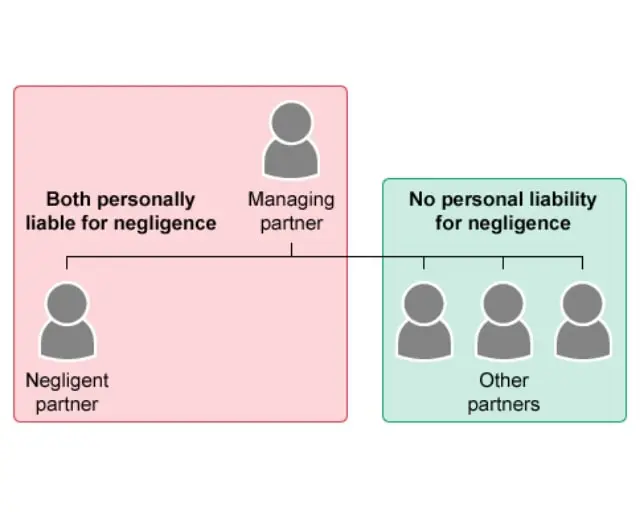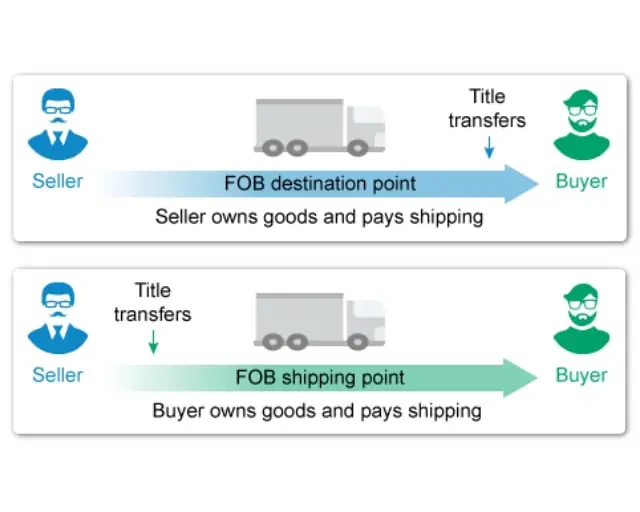Active Learning
The UWorld System for Your Accounting Prep
Home » The UWorld Difference » UWorld Accounting Active Learning
At UWorld, we pride ourselves on being the standard of excellence when it comes to the creation of premium online learning tools and high-stakes exam preparation solutions. Whether the objective is to achieve your max score on an entrance exam or obtain a license or certification, we apply the same approach to developing our products.
We begin with the end in mind, which is the test taker’s success and mastery of the concepts tested. Then we employ a meticulous process to develop comprehensive, high-quality exam prep content testing high-yield concepts. We refer to this process as The UWorld Difference. At the core of what makes UWorld different is, in fact, our active learning method.
Active Learning: Learning by Engaging
As the name suggests, this study approach requires active participation by the student, as opposed to passive learning exercises such as sitting through lectures. Multiple studies have established empirical data that reinforces the merits of this study method.

Active Learning for Accounting Exam Prep: Attaining 90% Retention
It's not news that the CPA, CMA, and CIA exams are tough, and given the extensive curricula they entail, exam day retention can get tricky. Active learning helps candidates achieve a 90% retention rate across various learning styles and plays a key role in exam preparation.
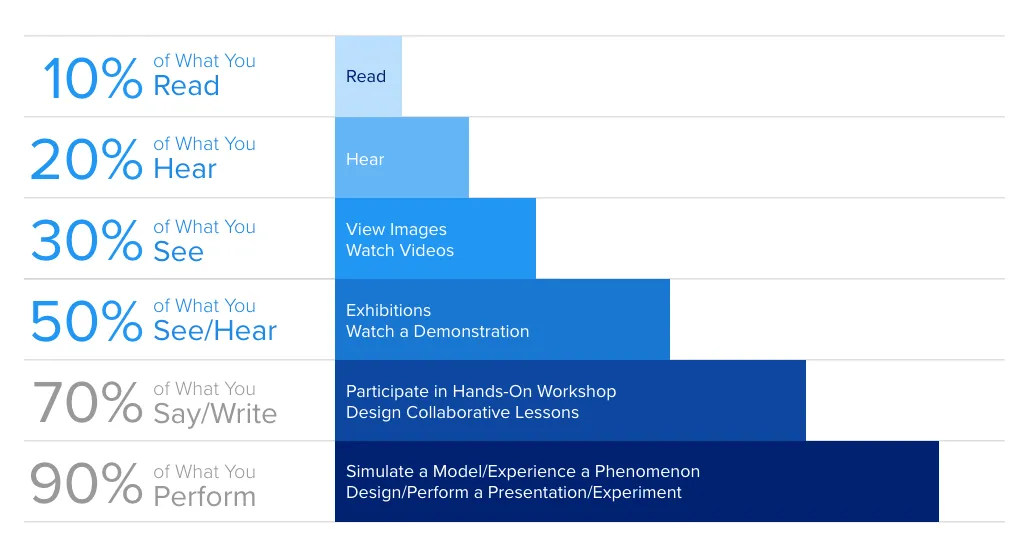
Active Learning Strategies
One of the most critical aspects of preparing for the CPA, CMA, or CIA exam is successfully retaining all the topics and concepts studied until exam day. With the help of various active learning techniques that at most demand a minute or two, you can check your understanding of recent material, practice a skill, or identify gaps in your preparation. Here are some of the techniques:
Real-world connections draw from or upon actual objects, events, experiences, and situations to
effectively address a concept, problem, or issue. It involves learning that allows students to experience or
practice concepts and skills instead of theoretical or idealistic learning.
thus making essential concepts easier to understand.
Visual organizers display material (concepts, facts, ideas) in a visual format. Examples
include showing a sequence as a flowchart or a classification—the system as a tree structure rather than just
describing them in words.
development, acquisition, and retention of knowledge.
A concept map is a visual representation of the relationships between different ideas or
concepts. In other words, it is a diagram that shows how various concepts are related to one another and how they
fit together to form a coherent whole.
clarify and communicate ideas. They are commonly used in education to help students organize and understand complex
information, and in business to help teams develop and communicate ideas.
Real-world connections draw from or upon actual objects, events, experiences, and situations to effectively address a concept, problem, or issue. It involves learning that allows students to experience or practice concepts and skills instead of theoretical or idealistic learning.
Visual organizers display material (concepts, facts, ideas) in a visual format. Examples include showing a sequence as a flowchart or a classification—the system as a tree structure rather than just describing them in words.
A concept map is a visual representation of the relationships between different ideas or concepts. In other words, it is a diagram that shows how various concepts are related to one another and how they fit together to form a coherent whole.
How Does UWorld Facilitate Active Learning Methods?
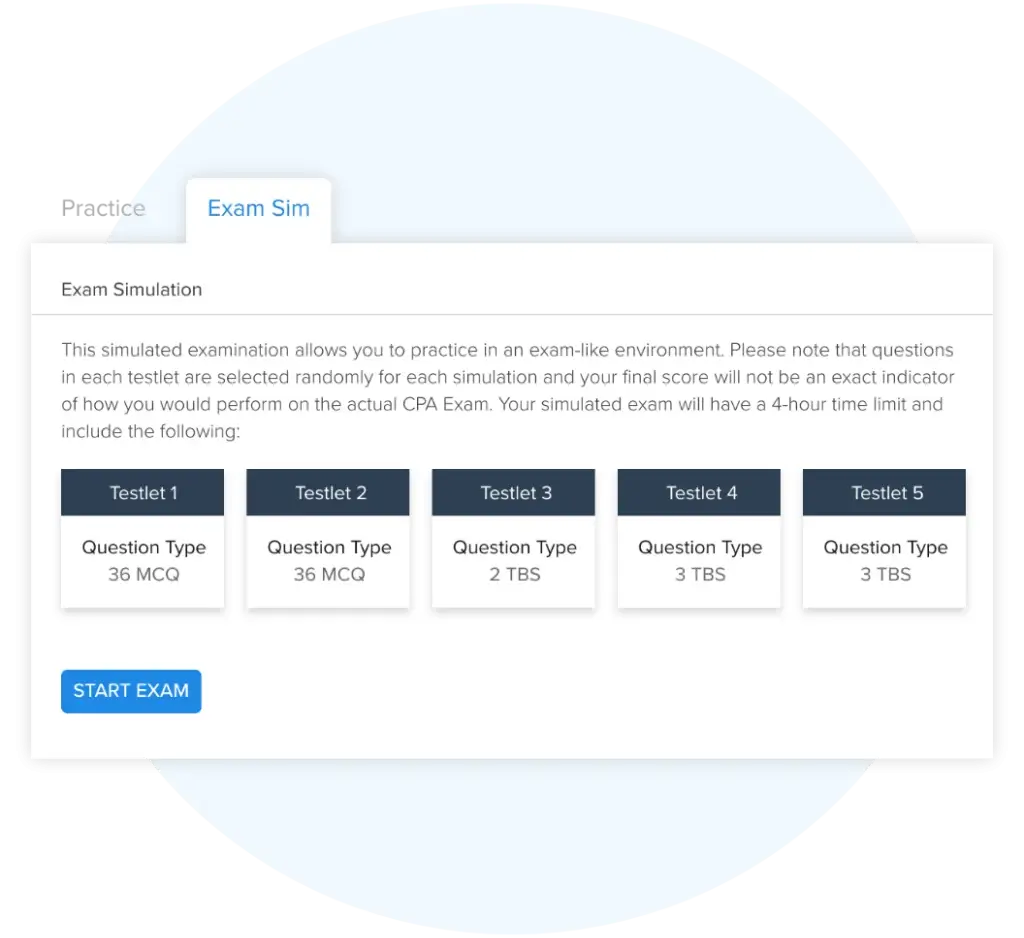
Learn by Doing
Active learning centers on the principle that students learn by doing. Practice and repetition enable students to master the concepts tested and retain information. That’s why each UWorld Accounting Review QBank features a large volume of questions from which students can create unlimited online practice tests that mimic the real exam.
Our experts write content at or above exam-level difficulty so students practice challenging questions over and over again, boosting their readiness on exam day.
Focused Learning
Another characteristic of the active learning method is focused learning. Many students struggle with staying organized or keeping up with a study plan over several months. This conflict occurs because they have a hard time deciphering which subjects to focus on and find themselves caught up deliberating how much is enough. The problem compounds when students attempt to use too many materials or prep courses.
At UWorld, we design our QBanks and exam review courses for maximum efficiency.

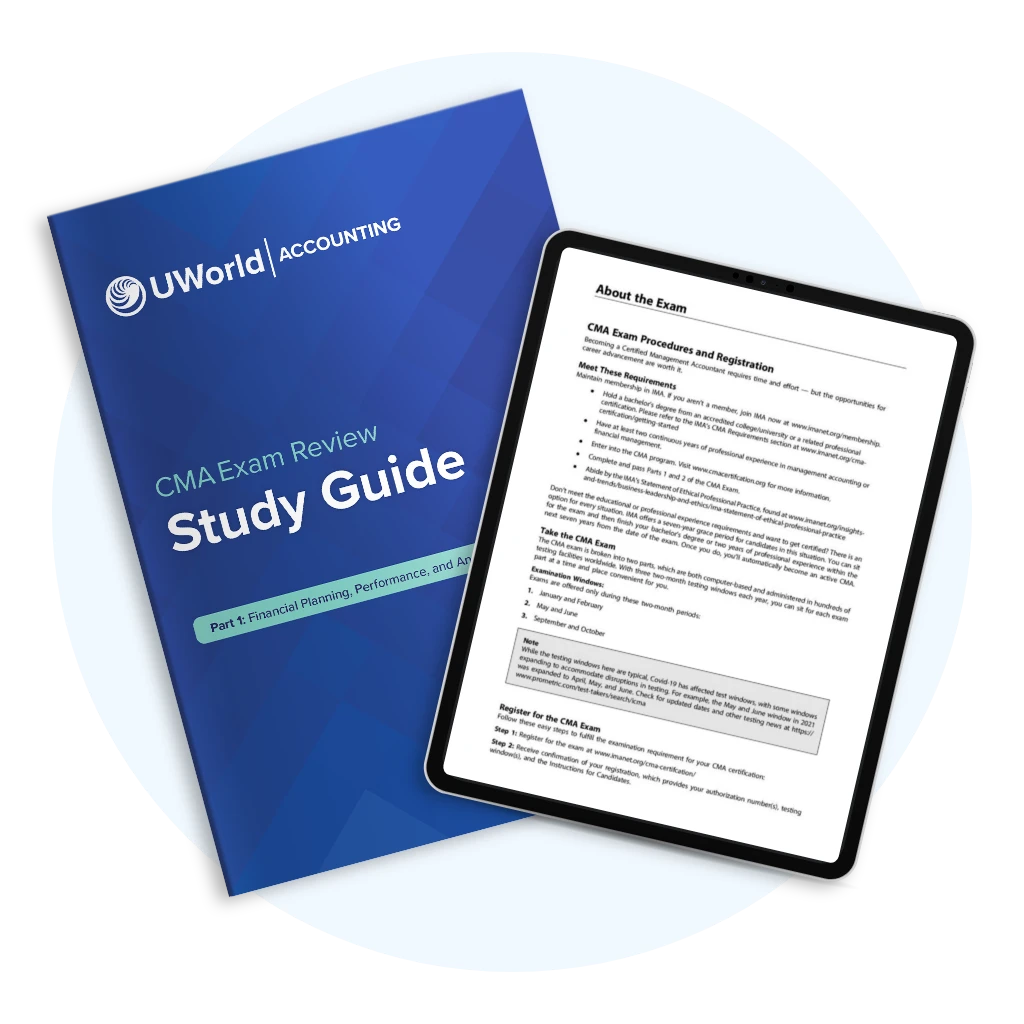
Simplified Learning
The merits of our active learning method aren’t complete without simplified learning. The exams for which we help prepare students are sophisticated and rigorous, requiring hundreds of hours worth of study time. That’s why in designing our accounting exam review products, we simplify the learning experience. Our in-depth yet concise explanations and illustrations make difficult concepts easy to understand.
Why Should You Go With UWorld Active Learning?
With UWorld, you will have the premium digital learning tools, content, practice questions, and expert instructors to maximize your active learning experience. Whether your goal is to boost your score on exam day or expand your professional knowledge in accounting, our intentional focus on content mastery and retention will help you do your best.
Conclusion
Following the empirical evidence of these research studies, our exam prep products are designed with active learning tools to boost your understanding and ability to apply high-yield concepts.This intentional design principle ensures that using any of our materials will help you master key concepts you will utilize on exam day and throughout your career. In other words—how you practice is how you’ll perform. Why not make exam day feel like practice?
Discover for yourself what it’s like to experience active learning the UWorld way.
Frequently Asked Questions
We believe that when preparing for a challenging, high-stakes exam like the CPA Exam, how you practice is how you’ll perform. So, by using active learning to practice thousands of questions repeatedly in exam-like conditions, when you sit down on test day, the actual exam will feel like practice.
The CPA Exam is highly rigorous and demands a significant amount of time and effort to prepare for. To pass the CPA Exam, you’ll need to dedicate the necessary time and effort utilizing a combination of study materials, practice exams, and active learning techniques.
Using UWorld Accounting flashcards promotes an active learning and recall process, optimizing overall memory retention. With each flashcard, you will assess your comprehension by rating (Again/Good/Easy) your understanding of each concept. Our algorithm adapts the frequency of specific topics based on your proficiency, enhancing the effectiveness of your review sessions.
- Active learning is limited to specific subjects or age groups – In reality, active learning applies to any
subject and students of any age. - Active learning is restricted to small group settings – While commonly used in small groups, it can also
be effective in large classes. - Active learning is exclusive to highly engaged students – It can benefit all students, regardless of their
level of engagement. - Active learning is confined to hands-on activities – Discussions, debates, and problem-based learning can
equally incorporate active learning principles. - Active learning is solely for advanced students – It helps improve critical thinking and deepens
understanding for students of all abilities.
